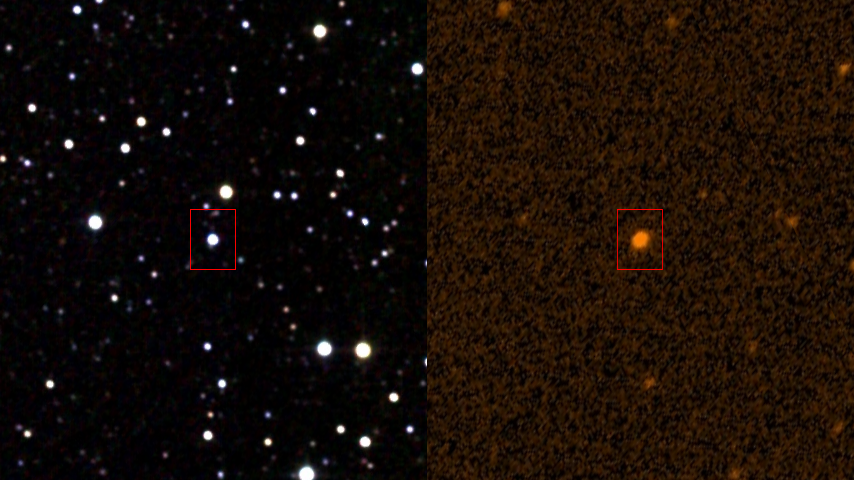Tabby’s Star, officially known by the cryptic notation KIC 8462852 is a very odd object. The star is around 1,500 light years from Earth, and has been puzzling astronomers with its strangely fluctuating brightness. Recent analysis shows that is even weirder than first thought, which has scientists baffled. Could the observations be caused by a storm of wildly orbiting comets? Or, much more compelling (for SciFi buffs), could it be an alien megastructure periodically shrouding the star?
From Space:
KIC 8462852 was observed by NASA’s Kepler mission and has become infamous for its bizarre and unprecedented transit signal that was flagged by citizen scientists. Now new research of precision Kepler observations has shown that the overall brightness of the star — unofficially named “Tabby’s Star” after astronomer Tabetha S. Boyajian who discovered the peculiar signal — has been decreasing, which poses a new and confusing problem for astronomers trying to understand what the heck is going on.
Kepler’s prime mission is to look for small worlds that pass in front of their parent stars causing a slight dimming of starlight. The “transit method” has been hugely successful and has confirmed well over 2,000 planets orbiting other stars in our galaxy.
But Tabby’s Star’s transit signal, otherwise known as a “light-curve”, stopped astronomers in their tracks. Something passed in front of it, dimming its starlight a whopping 20 percent and other jumbled transit signals revealed that something wasn’t quite right with this particular star. Then, in an interview with The Atlantic, Penn State University astronomer Jason Wright speculated that the signal could be indicative of an “alien megastructure” that’s in the process of being built. You can catch up on the controversy surrounding the anomalous signal in my recent Discovery News article “Closing In on ‘Alien Megastructure’ Clues.”
…
So, in an effort to track down a rational explanation, Bradley Schaefer from Louisiana State University decided to study historical observations of KIC 8462852 in astronomical photographic plates from the past century to see if the star exhibited any bizarre fluctuations in brightness in the past. Sure enough, yes, the star is a bit of an oddball and has shown a long-term decreasing trend in brightness! Since the 19th Century, its brightness has decreased steadily by nearly 20 percent.
Now, astronomers Ben Montet (from Caltech) and Joshua Simon (from the Carnegie Institute) have released a paper to the arXiv preprint service detailing recent Kepler observations of KIC 8462852 since the space telescope was launched in 2009. Although the dataset for this time period is comparatively small, Monet and Simon found yet another surprise.
In the 4 years of Kepler’s primary mission, the star showed an unprecedented dimming of 3.5 percent. So not only did Kepler detect transient dips in brightness of up to 20 percent, there also seems to be a very definite downward trend in brightness throughout our observational history of the star.
No matter how you slice it, this is strange.
Read the entire story here.
Image: Tabby’s Star, KIC 8462852, in infrared (2MASS survey) and ultraviolet (GALEX). Courtesy: IPAC/NASA (Infrared), STScI/NASA (Ultraviolet). Public Domain.


